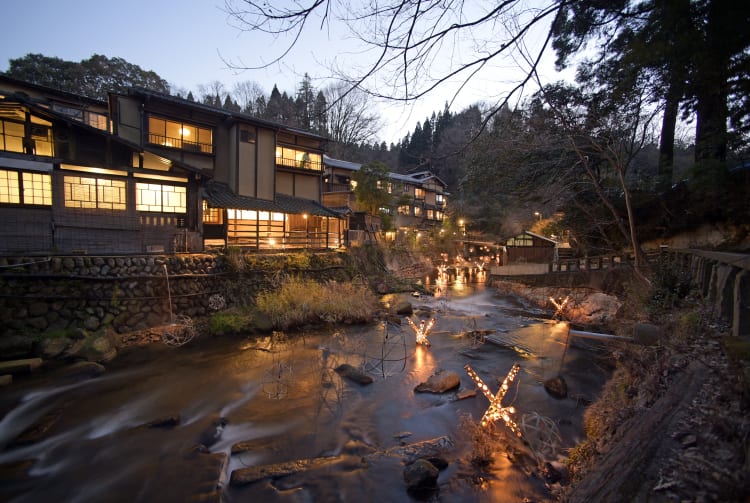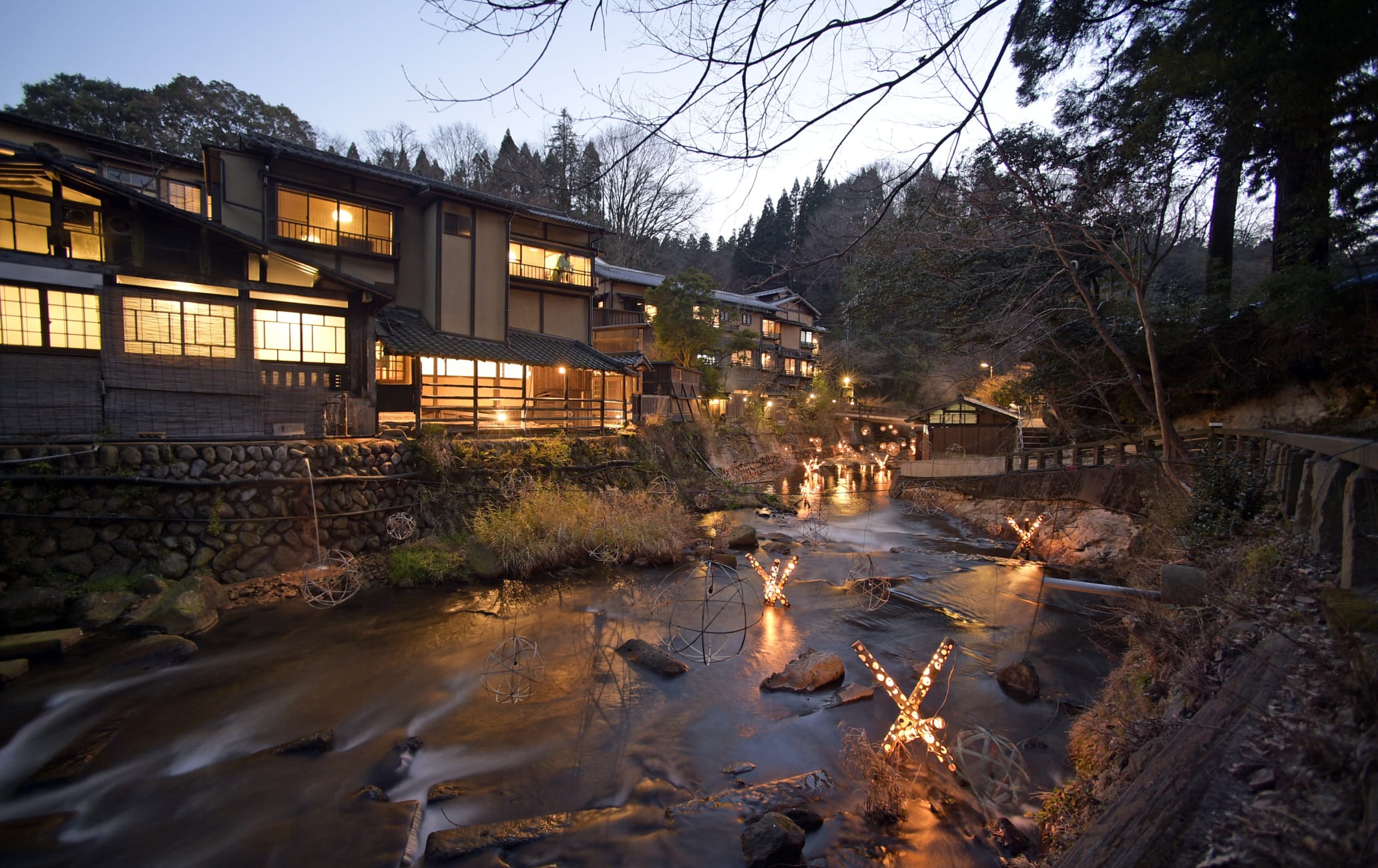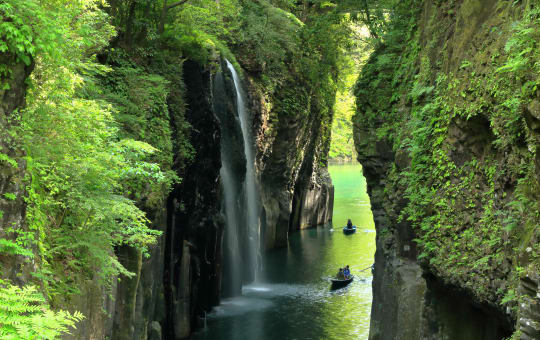Experience authentic Japanese inns and rustic hot springs in this picturesque riverside town
Kumamoto has an abundance of natural hot springs, but few are as famous as the town of Kurokawa Onsen. Around thirty onsen ryokan can be found in this mountain town and provide a quintessential way to experience Japanese culture. Here you can indulge in nature appreciation, onsen bathing, multi-course kaiseki banquet dining, and cozy tatami-floor rooms.
Kurokawa Onsen is best enjoyed by checking into one of the inns, slipping into a light cotton yukata robe, and walking the streets in old-fashioned geta sandals.
Don't Miss
- Going to different baths in yukata
- Exploring the town's quiet cafes and shops
- Enjoying locally made souvenirs
How to Get There
Kurokawa Onsen is not on any rail lines, but you can reach it via a direct highway bus from the city of Fukuoka .
Direct buses leave from both Fukuoka Airport and Hakata Station, the latter of which is accessible by bullet train from Osaka and Tokyo. If you're leaving from Kumamoto Station, Aso Station is the nearest local stop to Kurokawa Onsen, but from there you'll still need to get a taxi or bus.
Arriving by car is handy, but be cautious on the small, winding roads and note that inn parking is limited and mostly reserved for overnight guests. Please use public parking if you are visiting as a day guest.
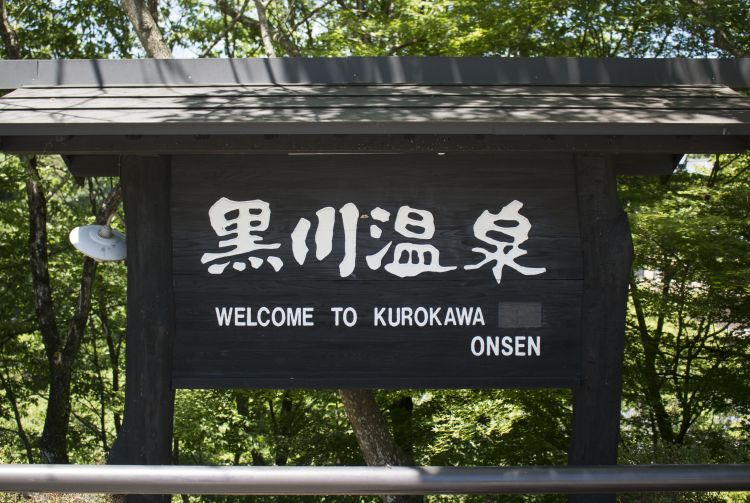
A retro townscape
This idyllic town, nestled in a valley surrounded by verdant, mist-covered hills, is a gorgeous place for a stroll even if you don't fancy taking a dip. Unlike some other resort towns in Japan, Kurokawa Onsen's simple, traditional atmosphere has been well preserved and feels a world apart from the crowded, flashy streets of Japan's major cities.
Besides its inns and hot springs, the area offers beautiful mountain hikes and scenic drives, with English language maps available in Kurokawa Onsen's information center. If the weather is good, a few hours of hiking will reward you with some spectacular views of the mountainous scenery, after which you can soothe your tired body in one (or more) of the baths.

Elaborately designed onsen
The first thing you should do on arrival is get the Nyuto Tegata onsen-hopping pass. For 1,300 yen (700 yen for children) you can visit up to three different participating bathhouses. Purchase your pass from the information center and grab a handy English language pamphlet while you're there. Please feel free to inquire about recommendations as well.
Kurokawa Onsen has 28 hot springs, and most are within walking distance of the information center's car park. There are cave hot springs and hot springs where you can see waterfalls, among others. If you want to avoid the crowds, try an onsen on the outskirts of the town, such as Hozantei, which has a natural rustic setting and stunning riverside views, or Yamamizuki, a spacious riverside onsen.
Healing properties
Kurokawa Onsen's therapeutic baths have been popular for more than 300 years, and their naturally mineral-rich spring waters are believed to have healing properties. Different baths have different mineral compositions, and each is said to have different health benefits.
Water from the geothermally heated springs is adjusted to make it comfortable for bathers. Most onsen have cooler pools or outdoor baths which help to improve circulation.
Take a break and enjoy the abundant hot springs and tours around town. Though it's tempting to spend a long time in the bath, most people find they don't need much longer than an hour at any one onsen. It is recommended to use the drinking water available in the changing rooms so you can stay hydrated.

Onsen etiquette
While there are some mixed baths, you'll most commonly find separate baths for men and women, as everyone is bathing naked. No swimsuits, clothing or jewelry are permitted in the hot springs, and you must adhere to strict rules such as washing thoroughly before entering the public water and tying up your hair if it has a chance of touching the water.
Please note that guests with tattoos are often not permitted to use public hot springs unless the tattoos are first covered, but check with the information center or the inn you wish to stay at beforehand. We also recommend trying a private bath, which can be rented.
Time for yourself in a private space
Kurokawa Onsen is most famous for the gorgeous scenery of its outdoor baths, but if bathing naked in front of strangers isn't for you, there is the option of renting a private bath. Costing around 1,000 to 2,000 yen per hour, you can enjoy the waters in solitude in a small, private bath. However, these baths are very popular and you may have to wait, particularly on weekends and during holidays.
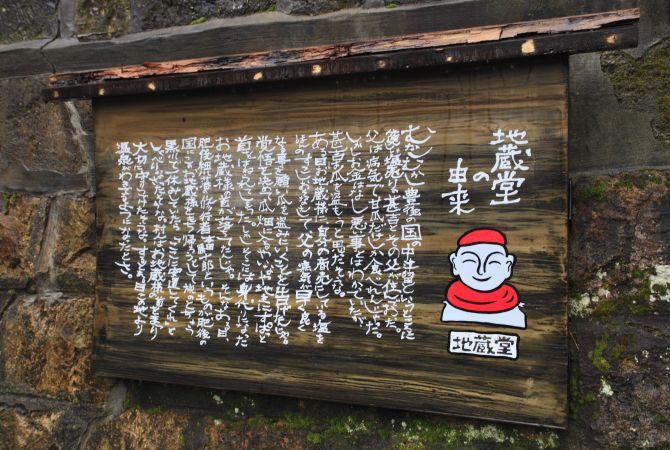


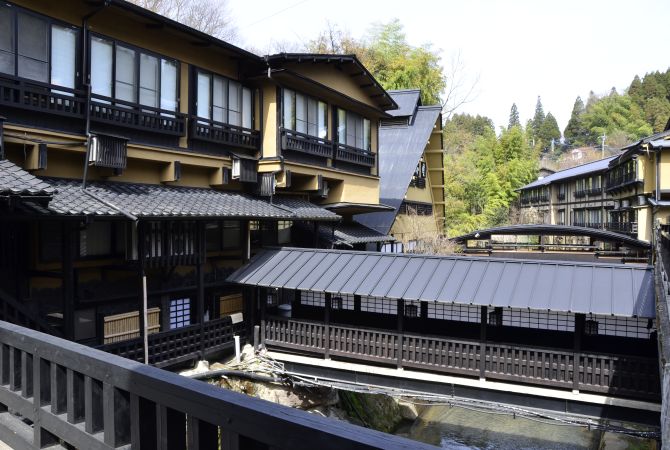
Pick up some local produce
In between baths, there are plenty of shops and restaurants in Kurokawa Onsen to explore. The town offers multiple chances for souvenir shopping; you can buy snow shoes or bath salts to recreate the onsen feeling at home, or purchase other locally made gifts such as handmade pottery, printed fabrics, senbei crackers, and sake.
Kurokawa offers a bar-hopping pass that lets you try a variety of sake and shochu (sake's stronger cousin) at three different places across town. Finish your day of relaxation with an evening of delicious locally brewed beverages before heading back to your comfortable tatami room. At the end of your stay, you can leave your leftover bathing tokens at the local shrine or take them home with you as a souvenir.

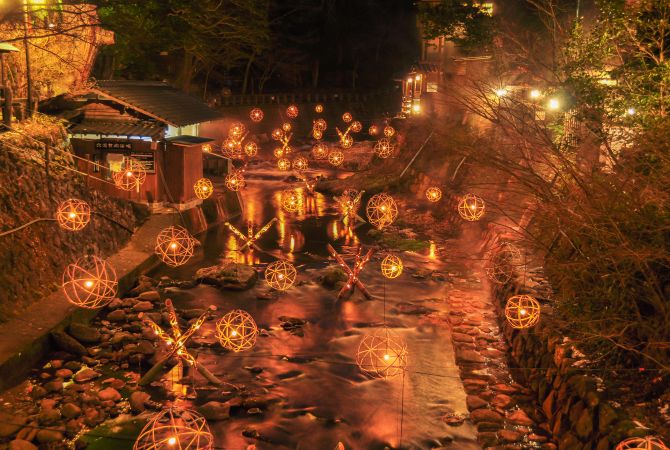
When to visit
Needless to say, Kurokawa Onsen is packed during peak seasons, particularly the New Year's, Silver Week and Golden Week holiday periods. While it's good to avoid the rush, certain times of year are famously beautiful in Japan, such as cherry blossom season in spring, or the changing of the autumn leaves. Particularly good times to visit are autumn, for the temperate climate, and winter, for the chilly weather.




















































